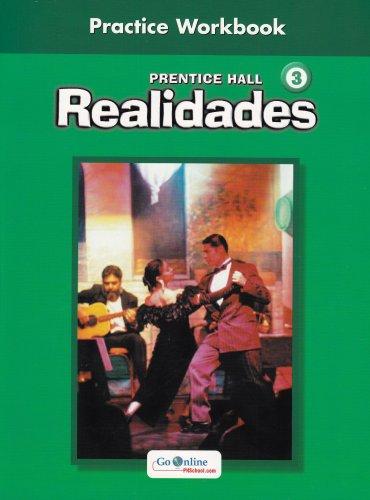
All Solutions
Page 120: 9-2
Las montañas acts as ellas (3rd person, plural personal pronoun); so:
Encantar (to love)
encantan
Al estudiante + le
Al estudiante le encantan las montañas./ The student loves mountains.
El campo (3rd person, singular personal pronoun); so:
Interesar (to interest)
Interesa
A Lidia + le
A Lidia le interesa el campo./ Lidia is interested in the field. (or the country)
“Él oceáno” acts as él (3rd person, singular personal pronoun); so:
Importar (to care)
Importa
A las personas + les
A las personas les importa el oceáno./ People care about the ocean.
Las moscas acts as ellas (3rd person, plural personal pronoun); so:
Molestar (to bother)
Molestan
A nosotros + nos
A nosotros nos molestan las moscas./ Flies bother us.
El reciclaje acts as eso (3rd person, singular personal pronoun); so:
Preocupar (to be concerned about)
preocupa
A ti + te
A ti te preocupa el reciclaje./ You are concerned about recycling.
Los elefantes acts as ellos (3rd person, plural personal pronoun); so:
Importar (to care)
Importan
A Ud. + le
A Ud. le importan los elefantes./ You care about elephants.
Los conejos acts as ellos (3rd person, plural personal pronoun); so:
Gustar (to like)
Gustan
A él + le
Los cachorros acts ellos (3rd person, plural personal pronoun); so:
Encantar (to love)
Encantan
A ellas + les
A ellas les encantan los cachorros./ They love puppies.

